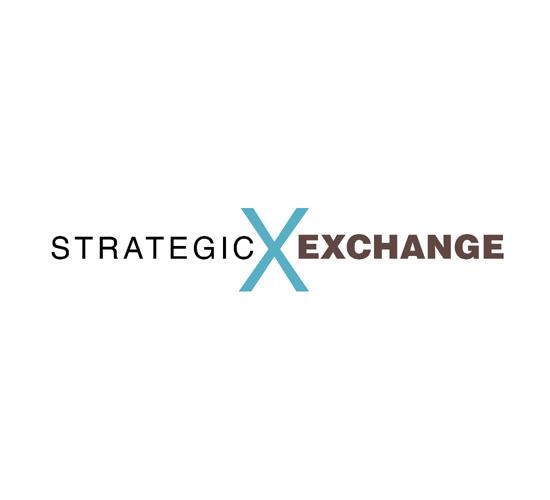Strategic Exchange: 2023 will bring lower residential demand, but off highest-ever levels - January 2023
By Kemp Harr
Mohawk CEO Jeffrey Lorberbaum’s remarks at the first Edge Summit in four years are worth repeating. He expects demand for residential flooring to soften with the economy in 2023, with greater variation from region to region based on population growth, housing affordability and other factors.
He reminded us that, in 2021, unit sales were the highest-ever in the flooring industry, up 14%, with higher selling prices increasing growth by another 7%. He expects 2022 to fall a little short of that, and for unit volumes to further decline by mid-single digits in 2023, but notes that these declines are from an all-time high.
Lorberbaum predicts that flooring retailers will continue to see less foot traffic in the first half of 2023, but notes that those that come will be ready to buy.
As for the big picture, the “new normal” of the economy has been somewhat unexpected. Due to government spending, the economy bounced back from the pandemic more quickly than expected, but this also resulted in higher inflation and interest rates, as well as a yoyoing stock market.
Due to current levels of inflation, large discretionary purchases like flooring are being deferred by many homeowners. However, the Federal Reserve’s goal to tamp inflation down from 9% to 2% seems to be working, though it will take around 18 months to see the full effect. Lorberbaum hopes to see inflation begin to reverse course in 2023.
As for the housing market, the U.S. is still short five million homes, and half of all existing homes are more than 50 years old, with another 20 million between 20 and 40 years old. Many of these will require updates to finishes to maintain their values.
While the housing market has cooled from its pandemic dip fervor, there was not a bubble like the market experienced after the Great Recession. And with many homeowners locked into low mortgage rates and with equity high, it only makes sense for them to renovate.
Jeff Meadows, Mohawk’s president of residential sales, came to the stage during the same opening session to add a few more points about the opportunities that lie ahead for flooring sales: 40% of all mortgages here in the U.S. are paid off, and based on the 30% increase in home values in the last three years, homeowners now have $9 trillion worth of additional home equity.
Retailers need to put this data to work and switch from a harvest mode to a hunter mentality when it comes to their sales strategy. Yes, traffic is lighter as the consumer goes into a wait-and-see, hunker-down mindset, driven by the economic unknowns that lie ahead. But the cocooning era that we entered during Covid is continuing, and the home is by far the wisest area for investment during these times, especially when you factor in the yoyoing stock market mentioned earlier.
Another interesting nugget of information that came out Mohawk’s Edge Summit is about how the consumer’s shopping experience continues to evolve. Brick-and-mortar stores are still a critical part of the equation, but the shopping cycle has shortened to 23 days, and the number of stores shopped has dropped from three or four down to two. Much of this change is being driven by what the consumer learns as they start the process online.
LOOKING FOR A SUSTAINABLE SOLUTION IN FLOORING
We’ve all heard the debate related to this shift to electric vehicles (EV). Owners of EVs no longer have to buy and burn gasoline, but detractors point to the ultimate source for the energy required to recharge the car-which today is still primarily fossil fuel-based. They also point to the destructive mining process necessary to capture the minerals required for the lithium-ion energy cells that store the car’s energy.
As we look inward to what’s really a sustainable solution in our flooring business, we find similar debates. Those who understand how carpet is recycled know that the elements must be sorted and isolated before they can be reused, so carpets that are produced using blended fibers make that process more difficult. There are currently no viable recycling technologies to separate blended face fibers.
When it comes to LVT and recyclability, progress has been slow. LVT is becoming the dominant surface category, and in its current constructions, it is also a sandwich of blended materials, and to date there have been no signs that manufacturers are making progress in developing LVT products designed for recyclability. And largely because there’s been no development of processes to separate phthalates and heavy metals from reclaimed vinyl flooring, there is virtually no post-consumer vinyl recycling in the U.S. As an industry, we need to do better. Granted, dematerialization, like CFL’s Be-lite technology, is a start, but we need more after-use, post-consumer solutions.
If you have any comments about this month’s column, you can email me at kemp@floorfocus.com.
Copyright 2023 Floor Focus
Related Topics:Mohawk Industries
